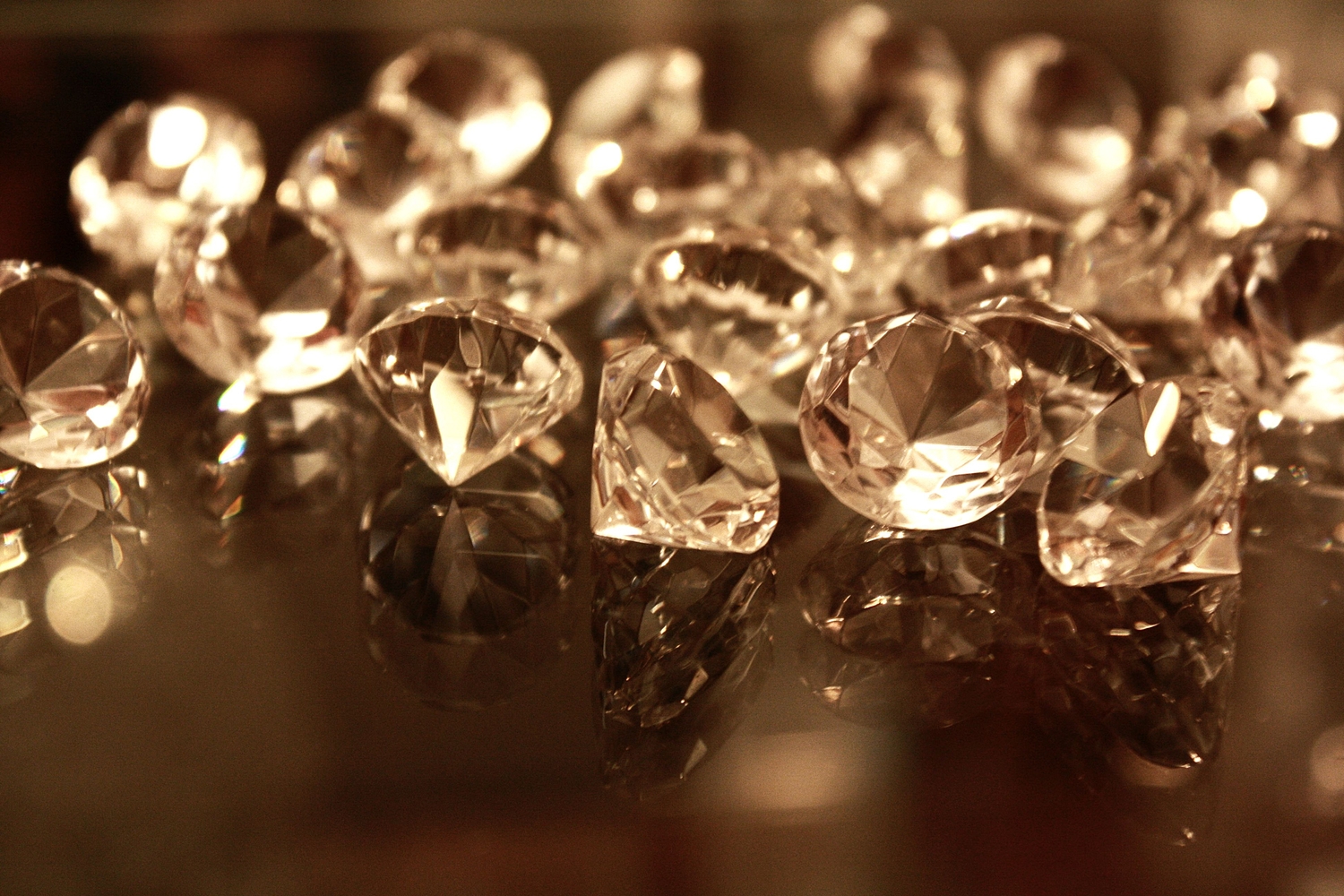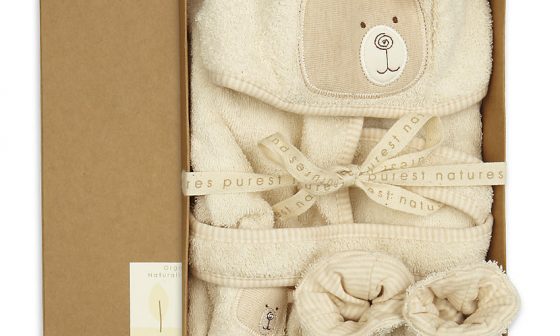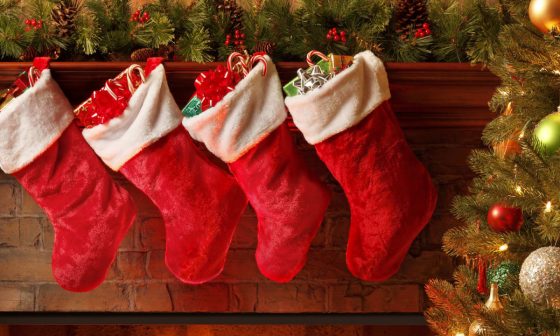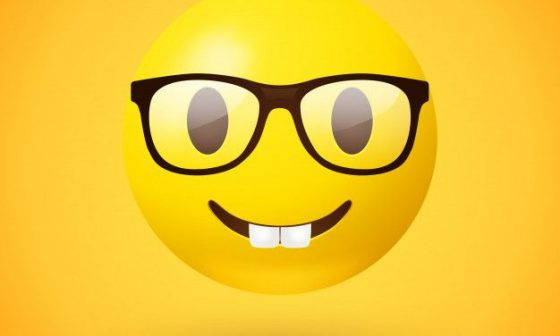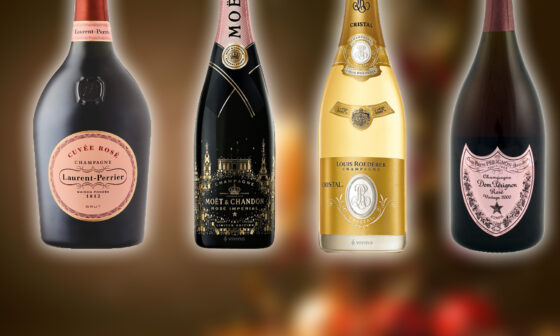
Around the world, people have been giving engagement rings for hundreds of years. The Western tradition of wearing the ring on the third finger of the left hand is said to have come from the ancient Egyptians, who believed that this finger contained a vein linked directly to the heart.
It wasn’t until the 19th century that giving rings as a proposal of marriage became the norm in the USA and England, and not until the 20th Century that diamond rings started to gain widespread popularity.
Part of this popularity can be attributed to diamond company De Beers, who in 1947 coined the term, “A diamond is forever”. Diamonds have since become synonymous with love, endurance and purity, and the ring itself a symbolic promise of eternal love.
When it comes to choosing an engagement ring, there are essentially two options; you can select a pre-made or even pre-owned ring, or custom design one yourself to match your own preference and budget.
Either way, there are a couple of considerations you need to make, including the style of the ring itself, its color and size, as well as whether you want diamonds or another kind of gemstone.
The 4Cs of the diamond, which we explain below, are other considerations that will influence both the quality and the cost of the ring as a whole.
We strongly advise that you check that the retailer through whom you purchase your ring can guarantee that all diamonds are conflict-free.
According to the Kimberley Process, this means that the diamonds are not being used to fund civil wars. Some retailers may go beyond conflict-free certification, and also guarantee that their diamonds were not obtained through human rights abuses, child labor, violence, or environmental degradation.
Below we’ll walk you through these steps, to get you well on the way to choosing that perfect ring.
GETTING STARTED – WHAT YOU’LL NEED TO KNOW
Before you begin choosing an engagement ring, here are three important things to consider.
What’s her ring finger size?

If you want the proposal to be a surprise, there’s really no subtle way of asking her what size her ring finger is on her left hand. Most women, even if they pretend not to, will get a bit of a hunch with this line of questioning.
The other problem with asking your partner about their ring size is that very few people actually know.
Your best bet here is to take another of her rings, knowing what hand and finger she generally wears it on, and taking it to a jeweler. With this information, they’ll generally be able to make an informed guess on the size needed for the ring finger.
Alternatively, you could get a sister or friend of hers to come with you to the shop and measure their ring size, they may have an idea if their hands are around the same size or bigger or smaller.
Remember that most rings can be resized if necessary, so if you’re guessing the size, it’s worth checking whether you’ll have this option.
What’s your engagement ring budget?
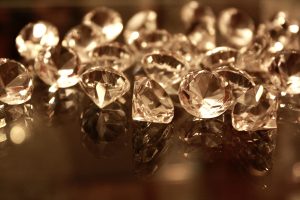
You may have heard that an engagement ring should cost a man one or even two months’ salary.
Whilst still common practice, these numbers were created as part of a marketing campaign by De Beers, a cartel of companies which monopolized the diamond industry from the late 19th century to the turn of the 21st century, and who still saturate the market.
Diamond engagement rings vary dramatically in cost, and the value of love and eternity shouldn’t come down to the number on a paycheque.
Regardless of what you’re prepared to pay for a ring, decide on your budget first and work backward from there.
What color jewelry does she usually wear?
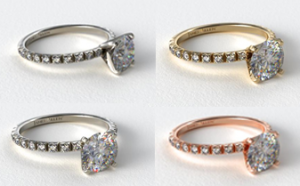
Most women have a preference for the color of jewelry that they wear.
While this doesn’t mean that they won’t have jewelry in other colors, it’s pretty likely she will favour either silver/white gold, yellow gold, or rose gold.
As an engagement ring is something that she will be wearing everyday, it’s important to ensure that the ring you choose suits her taste and is the right color to match her other jewelry.
CHOOSING THE RING SETTING
Anyone who has looked in the window of a jewellery shop browsing at diamond rings will know that there are a multitude of different styles to choose from.
The two main variables, apart from the color or type of metal used for the ring, are the setting and the diamond. The setting is the band itself (what the main diamond is set into). Settings are usually categorised into three styles: Vintage, modern and classic.
Each of these has varying characteristics and whilst these characteristics are not exclusive to each style, will give you a bit of a better idea of where to start, and what to look out for.
Vintage Engagement Rings
For the girl who loves antiquity and all things old-world, or maybe just likes to have something that little bit distinctive, a vintage engagement ring might be the way to go.
A vintage engagement ring is one which is crafted to replicate older designs, typically from the early 20th century. Rings older than this are typically classified as antique or heirloom engagement rings.
Vintage rings carry a certain soul and charm, and tend to be considered more unique than modern rings, often featuring elaborate craftsmanship.
While vintage engagement rings vary greatly in design, there are a few common features, which are handy to be able to identify.
First, is what they call pavé, or micro pavé-set diamonds. This is when there are lots of diamonds, often very small ones, which are set very closely together so that little if any metal is visible.
Halo designs are also very popular in vintage styles and usually feature pavé-set diamonds encircling the centre diamond in a halo effect.
Milgrain detail is another common feature. Popular in jewelry from the early twentieth century, milgrain is the beading detail that produces the effect of small beads or grains along the edge of the ring, rather than a smooth surface.
Vintage engagement rings will also often feature less prominent side diamonds or gemstones, often in a pear-shaped cut, which compliment the centre diamond and add another element of style and complexity to the ring.
Center diamond cuts which are quite common for vintage rings include the cushion cut, round cut, pear cut and oval cut.
Modern Engagement Rings
For the contemporary couple, a modern engagement ring might be just the ticket. A modern engagement rings is often a bold, statement piece and features a centre diamond set upon a wide band of simple, yet stunning platinum, or two-tone gold.
Bold and beautiful, there are a few common features of modern engagement rings which are useful to be able to identify.
A couple of common characteristics of modern rings include thicker bands, asymmetry in the setting design, and two-tone gold, for example both yellow and white gold.
Other features may include baguette shaped diamonds, which are rectangular in shape and are usually set horizontally from the front of the ring, part-way around the band.
Also common is channel-set diamonds, where multiple diamonds are set in a continuous row which create a streamlined design.
Another feature that is often used in modern ring design, and can compliment the two-tone design is the open-shank, where there will be a gap to the side of the centre diamond before the two parts of the band rejoin to form the thicker band stretching around the back of the finger.
Centre diamond cuts which are quite common for modern rings include the emerald cut, princess cut and asscher cut.
Classic Engagement Rings
For the lovers of tradition, a classic engagement ring is a timeless and uncompromising choice. The two most common classic engagement ring styles are the solitaire ring, one diamond set onto a plain band, and the three stone diamond engagement ring, three diamonds of a matching cut set horizontally with the larger diamond in the centre. This style of ring is said to represent the couple’s past, present, and future.
There’s not too much to say about the classic engagement ring apart from its understated beauty, simplicity, and sophistication.
As the centre diamond is the main attraction in this ring, the cut of the diamond is not dictated by the setting, and can usually be customised to suit your taste preference and add that touch of individuality. The beauty of the solitaire ring is that all cuts looking absolutely stunning.
CHOOSING A DIAMOND
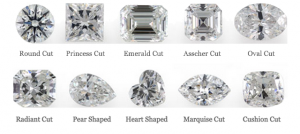
Like a fingerprint or snowflake, no two diamonds are exactly alike. Created over millions of years inside the Earth’s mantle, diamonds are crystals of pure carbon that are formed under crushing pressures and intense heat.
Until the mid twentieth century, there was no universal standard by which diamonds were judged. The Gemological Institute of America (GIA) created the first, and what has become the universal, method for assessing and describing the quality of diamonds; the 4Cs of Color, Clarity, Cut, and Carat Weight.
This universal standard of assessing diamonds meant two things; diamond quality could be communicated globally, and people could make a more informed decision and know what to look for when purchasing a diamond.
Diamonds can also be cut into a variety of different shapes, each with unique traits. A diamond’s shape usually comes down to personal preference, but some settings may have limitations in the cuts of diamonds which they will fit.
Of the ten diamond cuts which we have featured to the right, the most popular is the round brilliant cut followed by the princess cut. The pointed corners and traditionally square cut of princess diamonds lend a unique flair and make it a popular choice for engagement rings.
These, along with the cushion cut, are usually readily available and easily fit into settings. Shapes like the marquis, oval and pear (or tear drop) are often chosen due to their elongated shape which can accentuate long, slender fingers.
The heart shaped diamond is not as common as the other cuts, but, as its shape would imply, is also a common choice for engagement rings.
COLOR
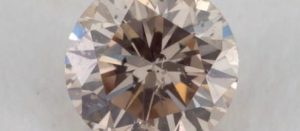
A diamond color assessment is actually based on the absence of color. A diamond which is chemically pure and structurally perfect will have no hue, and because of this, will carry a higher price tag.
The color grading system is from D (a colorless diamond) to Z (one with a light yellowish hue). The distinction of many diamonds of differing color grades can be so subtle it is almost invisible to the untrained eye, but they make a big difference to the diamond’s quality and value.
CLARITY
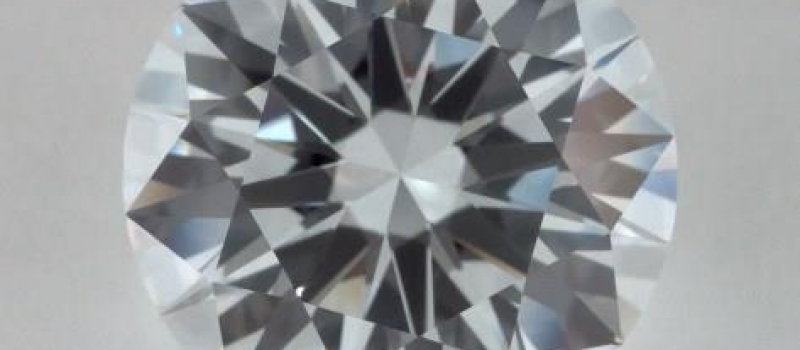
The process a diamond undergoes in its formation can result in a variety of internal characteristics called ‘inclusions’ and external characteristics called ‘blemishes.’
Evaluating a diamond’s clarity involves determining how many of these characteristics there are, along with their size, nature and position and how this affects the overall appearance of the stone. The closer a diamond comes to perfect purity, the higher its value.
CUT
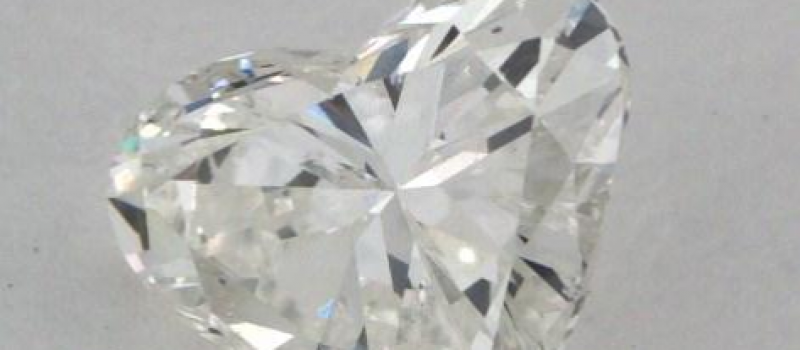
While a lot of people think of a diamond’s cut as the same as its shape, the cut grade is more about how well a diamond interacts with light.
The hardest of the 4Cs to technically analyse, a diamond’s cut is essential to how beautiful and how valuable it ends up being. An astounding amount of artistry and skill is required to fashion a diamond so that its symmetry, proportions and polish deliver the desired reflection and sparkle without contributing to any blemishes.
CARAT
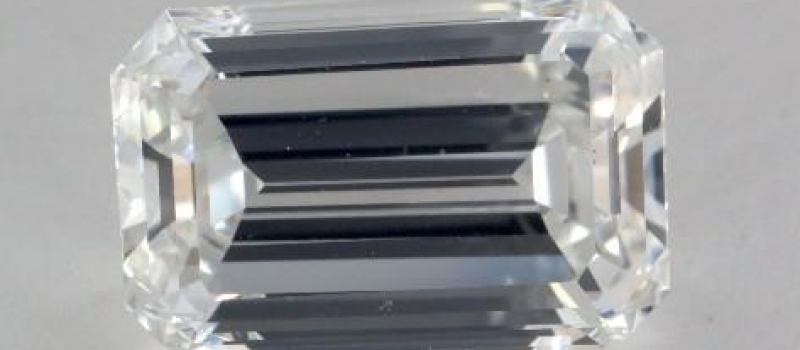
The last of the 4Cs is carat weight; how much the diamond weighs. A carat is 200 milligrams. A diamond which weighs less than a carat will de described by dividing the carat into decimal “points”, So a 50 milligram diamond (.25 carats) could be called a twenty-five pointer whereas A 250 milligram diamond would be described as 1.25 carats.
Generally, diamond price will increase with carat weight as larger diamonds are rarer, but it is important to remember that the other three Cs will also influence the value of the diamond.
ALTERNATIVES TO DIAMOND RINGS
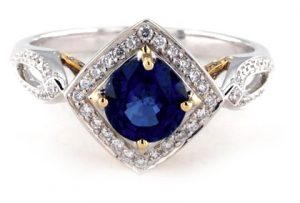
Although diamonds have saturated the market in terms of engagement rings, it might be worth keeping in mind that they’re not the only option.
Alternative gemstones, such as rubies and emeralds, are also popular choices and make stunning and unique engagement rings which are often a lot more affordable than a diamond one. Stones can be chosen in line with a partner’s favourite color, or personalized to match their birthdate.
If you’d like to find out what your partner’s birthstone is, here’s a list for each month of the year.
- January- garnet
- February – amethyst
- March – aquamarine
- April – diamond
- May – emerald
- June – pearl or alexandrite
- July – ruby
- August – peridot
- September – sapphire
- October – opal or tourmaline
- November – topaz or citrine
- December -tanzanite, zircon or turquoise
DESIGNING YOUR OWN ENGAGEMENT RING
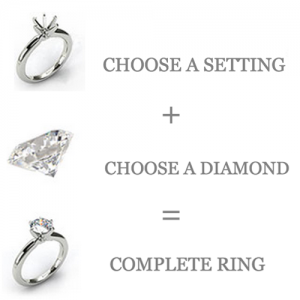
Some people are lucky enough to find the perfect ring just by looking at a display in a shop window, but often that’s not the case. If you have a specific idea on what you would like in a ring, a great option to consider is designing the ring yourself.
Don’t worry, this isn’t as daunting as it sounds. What this means is that you can choose a style, say vintage engagement rings, and then see a selection of setting designs to choose from along with what color metals are available for each specific design. After this, you will be able to choose a diamond separately, and can have a strong influence over the cost of the ring by the diamond size and quality that you choose.
There are a number of websites which will allow you to do this, but we recommend using James Allen.
James Allen have a wide range of designs available, along with an array of diamond and gemstone options and offer a 30 day money back return policy for all purchases.

